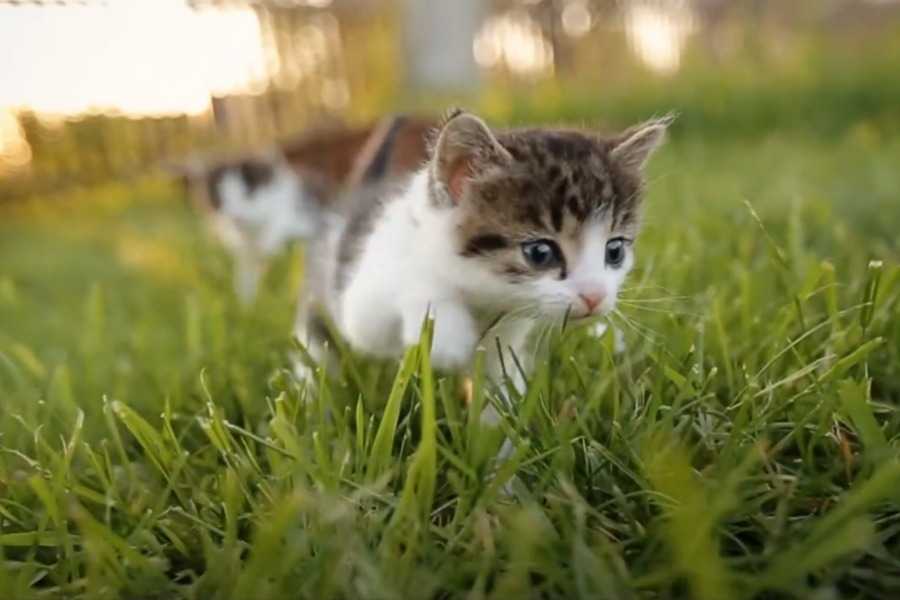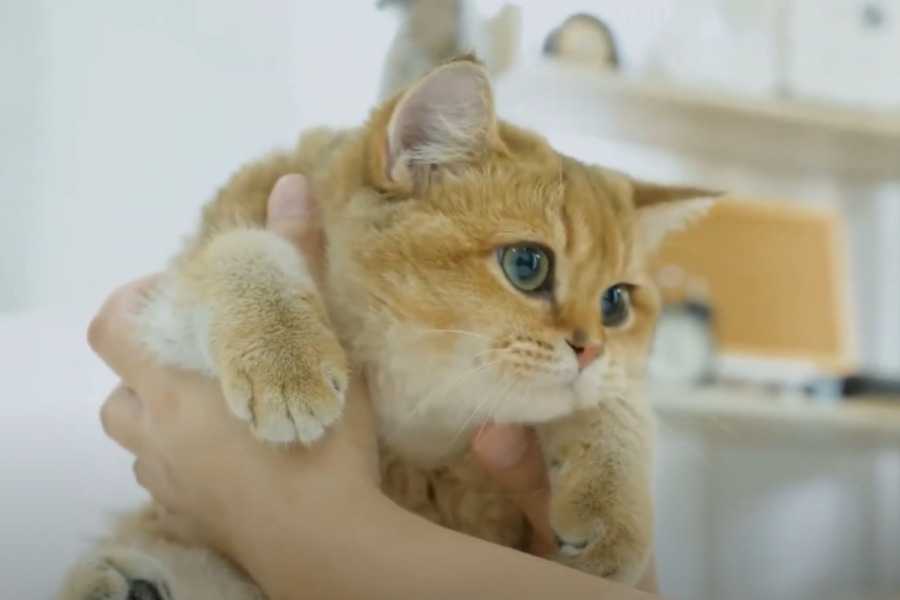Why My Cat Has Watery Eyes and Do I Need to Visit a Vet?

Are you wondering why your cat has watery eyes? Or do your cat’s eyes seem to be constantly teary?
If you’ve observed these symptoms, your cat might be dealing with a condition known as excessive tearing.
In this article, we’ll explore what causes watery cat eyes and when it’s necessary to visit a vet.
At a Glance:
- Causes of Watery Cat Eyes
- Are Some Cat Breeds Predisposed to Have Watery Eyes?
- When Do Watery Eyes Warrant a Visit to the Vet?
- Treatment for Watery Cat Eyes
Causes of Watery Cat Eyes

According to Dr. Arizabelle, DVM, Director of Client Advocate Support for Banfield Pet Hospital, the causes of watery cat eyes generally fall into two categories: things that block the normal flow of tears and things that produce excessive tears.
When things are functioning normally, tears from the eyes drain into the nose. This flow could be blocked by a number of factors such as inflammation, infection, swelling, or simply the shape of your cat’s face.
Excessive tears are usually produced by things that cause inflammation. For example, infections (bacterial, viral, or fungal), allergies, or even something growing into the eye like a tumor or even just a hair can cause excessive tearing.
Other causes of watery cat eyes include a scratch or injury to the eye or a foreign body stuck in the eye like a grass seed or tiny bit of something. Just think of how much your own eye waters when you have an eyelash caught in between the eye and the lid.
Are Some Cat Breeds Predisposed to Have Watery Eyes?

Sometimes, those watery cat eyes can be caused by the shape of the face and eyes. Brachycephalic cats, or flat-faced cats, often experience watery eyes. When a cat has a flat face, a small nose, and large round eyes, the tears tend to spill over the eye rims.
Some cats are also genetically predisposed to producing more tears than other cats. Watery cat eyes and the resulting tear stains, those unsightly brown streaks under the eyes, are common in cat breeds like Exotic Shorthairs, Himalayans, and Persians.
In general, this doesn’t harm the cat as long as nothing else is going on with the eye. Always check with your vet to be sure. Although, you should regularly wipe the under-eye area to keep it as clean and dry as possible to prevent skin irritation.
When Do Watery Eyes Warrant a Visit to the Vet?

If your cat doesn’t generally have watery eyes but you suddenly notice excessive tearing, visit the veterinarian to get to the bottom of things. This is true whether your cat’s eyes have a clear watery discharge or a thicker yellow or green colored eye discharge.
Other symptoms of watery cat eyes that need vet attention include squinting or blinking, pawing or rubbing at the eye, red or inflamed eye tissue, a cloudy looking eye, or discharge from the nose as well as the eye.
Your veterinarian can evaluate your cat’s eyes by looking for damage to the structures of the eye, measuring the pressures inside the eye, and assessing the production and flow of tears.
After determining what is and isn’t normal, they will be better able to determine what the underlying cause might be and work with you to develop a treatment plan.
Treatment for Watery Cat Eyes

If your cat is diagnosed with a condition that requires medication, your vet might send you home with some eye drops or ointment. Cats are not always the most compliant patients, but your veterinarian or a veterinary technician will show you how to successfully administer the medication before you leave the hospital.
Some general rules for administering medication include working in a calm and quiet area where your cat is less likely to be stressed or distracted.
It’s also helpful to administer medication to your pet on a table instead of the floor and reward your cats before, during, and after the treatment so they have positive associations with medication.
When using eye drops or ointment, try not to touch the dropper or tip of the tube to the surface of your cat’s eye. Ointment might be easier to administer than drops, so ask your veterinarian about your options before leaving the appointment.
Conclusion

Watery cat eyes can be a symptom of various conditions, some of which require veterinary attention.
It’s important to monitor your cat’s eyes and seek professional help if you notice excessive tearing, redness, or other abnormal symptoms. With the right treatment and care, your cat’s eyes can return to their normal, healthy state.
Remember, you are your pet’s best advocate. If you notice anything unusual about your cat’s eyes, don’t hesitate to reach out to your vet. Your furry friend is counting on you!
Tags
Share
Table Of Contents
Related Posts
Quick Links

